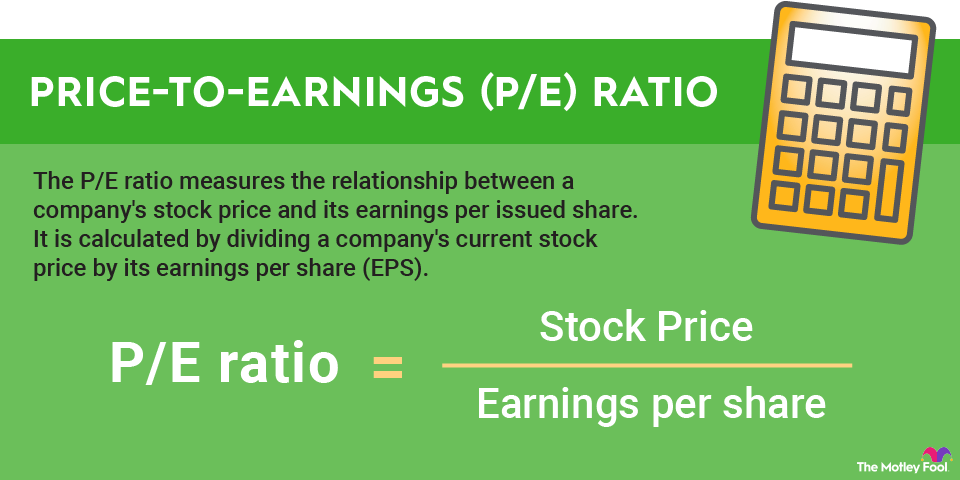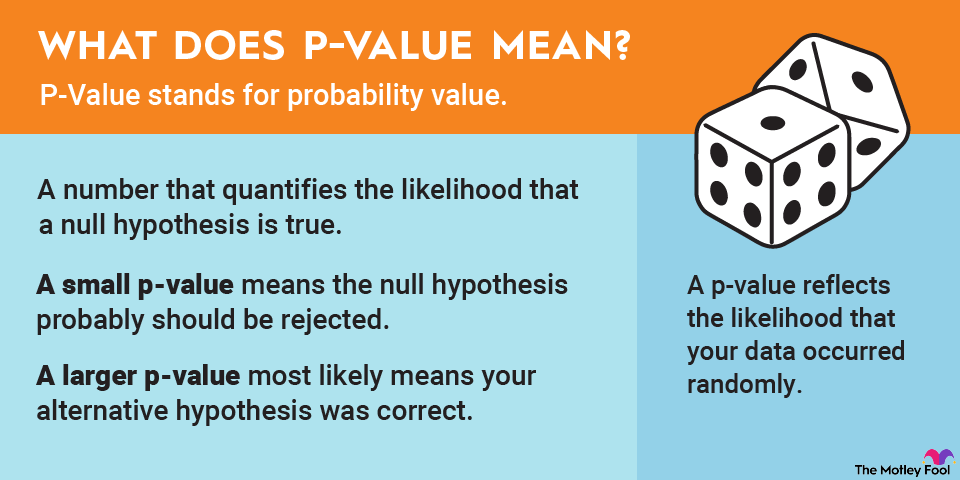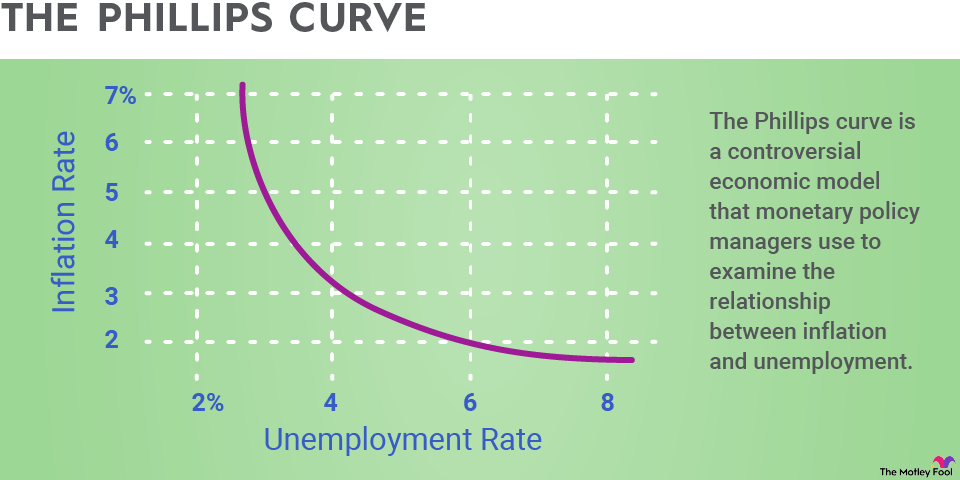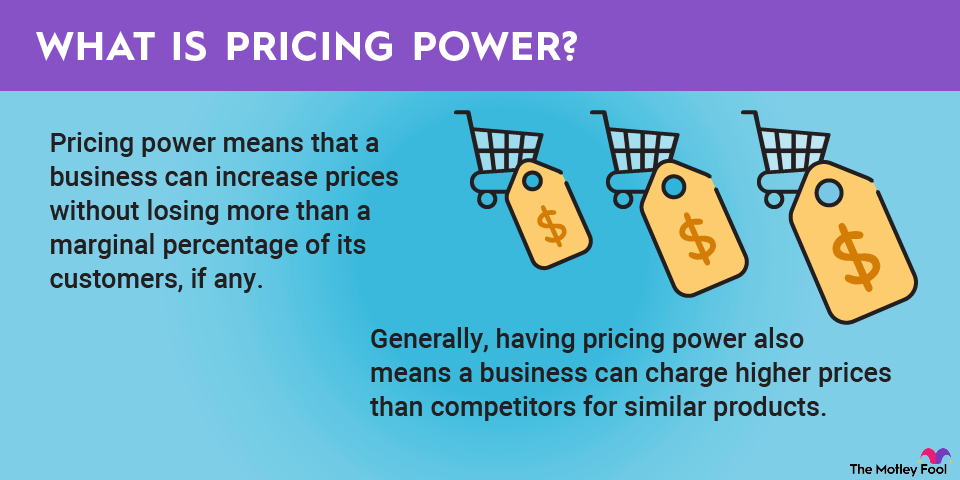The transition from growth to maturity to decline
Growth stages can be cut short due to product shortcomings, the arrival of new innovations that make the item or service less desirable, or the entrance of similar, competing product offerings that eat into sales. If rival businesses notice a product is gaining traction and enjoying a strong growth phase or continued success in market maturity, they may choose to release their own competing alternative. This can shorten the original product’s growth stage or accelerate its transition from maturity to decline.
On the other hand, a product entering into market maturity isn’t necessarily a bad thing. While rapid sales growth is no longer occurring, the maturity stage is often the most profitable stage for a product because manufacturing and marketing expenses can be reduced, which leads to stronger operating margins. An item or service in decline can also continue to be profitable, but eventually it will hit a tipping point and no longer be worth producing or maintaining.



















